Biomedicines, Free Full-Text
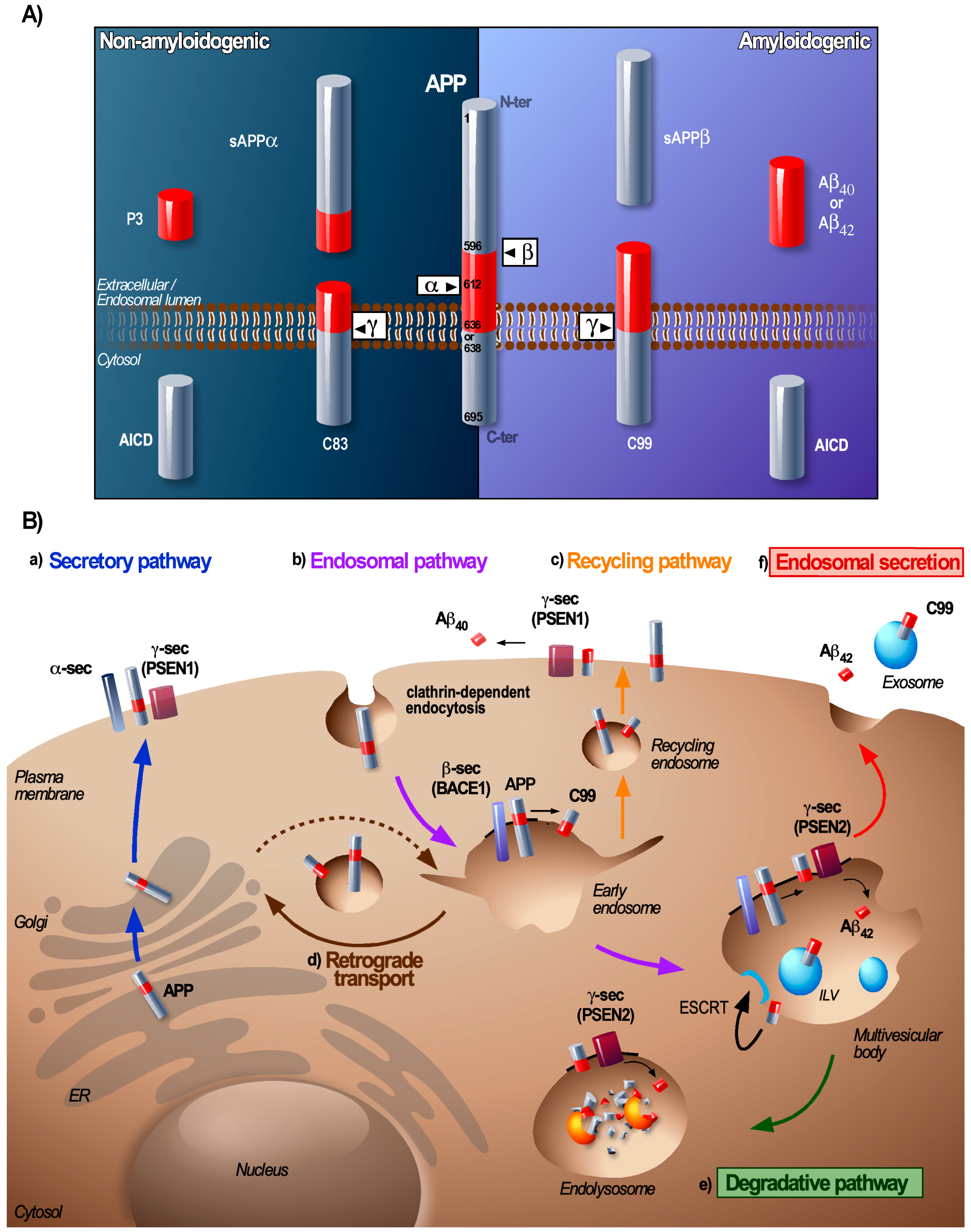
In Alzheimer′s disease (AD), endolysosomal dysfunctions are amongst the earliest cellular features to appear. Each organelle of the endolysosomal system, from the multivesicular body (MVB) to the lysosome, contributes to the homeostasis of amyloid precursor protein (APP) cleavage products including β-amyloid (Aβ) peptides. Hence, this review will attempt to disentangle how changes in the endolysosomal system cumulate to the generation of toxic amyloid species and hamper their degradation. We highlight that the formation of MVBs and the generation of amyloid species are closely linked and describe how the molecular machineries acting at MVBs determine the generation and sorting of APP cleavage products towards their degradation or release in association with exosomes. In particular, we will focus on AD-related distortions of the endolysomal system that divert it from its degradative function to favour the release of exosomes and associated amyloid species. We propose here that such an imbalance transposed at the brain scale poses a novel concept of transmissible endosomal intoxication (TEI). This TEI would initiate a self-perpetuating transmission of endosomal dysfunction between cells that would support the propagation of amyloid species in neurodegenerative diseases.
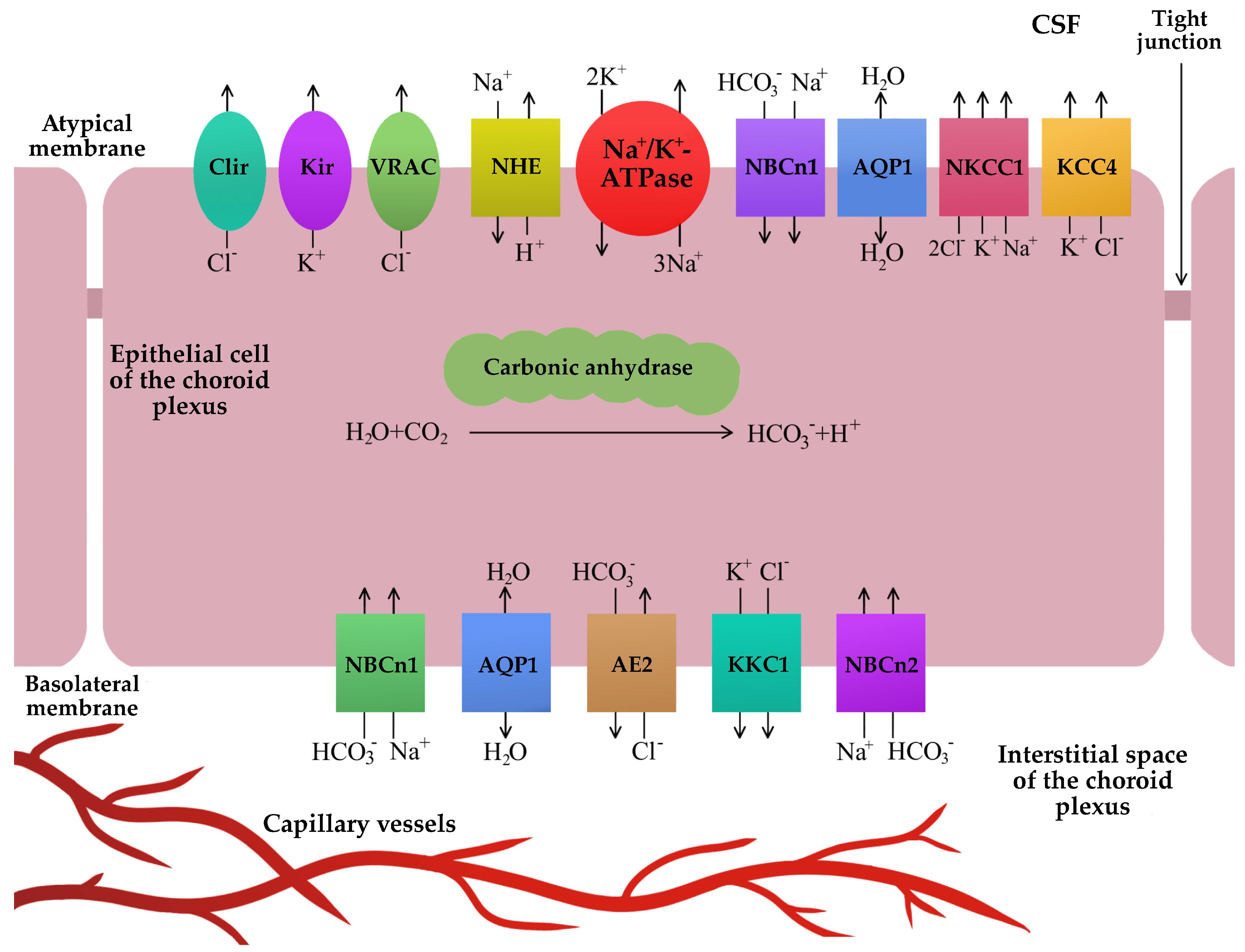
Subcutaneous hemorrhagic bruises along the shunt pathway. Fig. 3, shunt
NMR in Biomedicine - Wiley Online Library
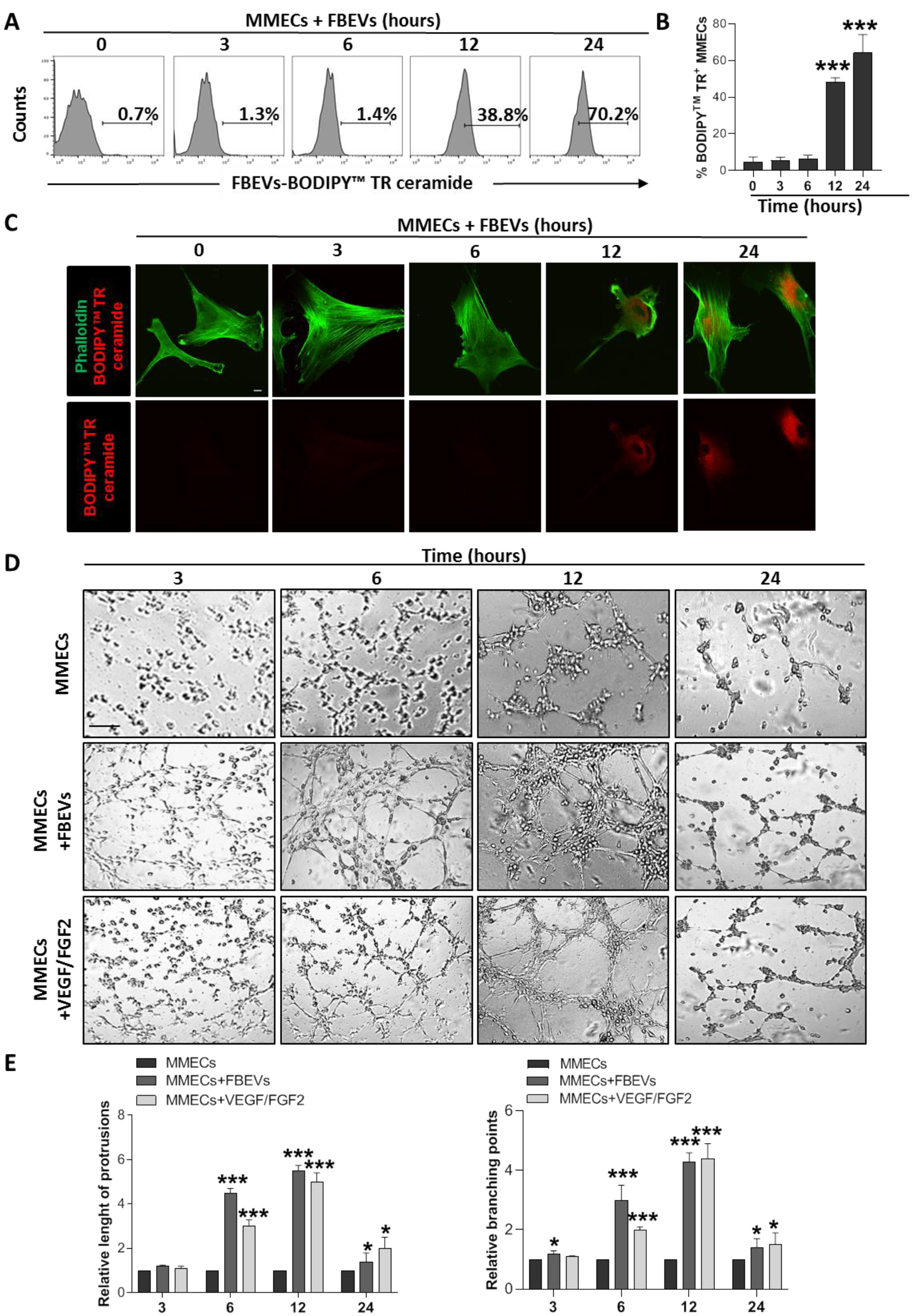
Biomedicines, Free Full-Text

Biomedicines, Free Full-Text

Biomedicines, Free Full-Text
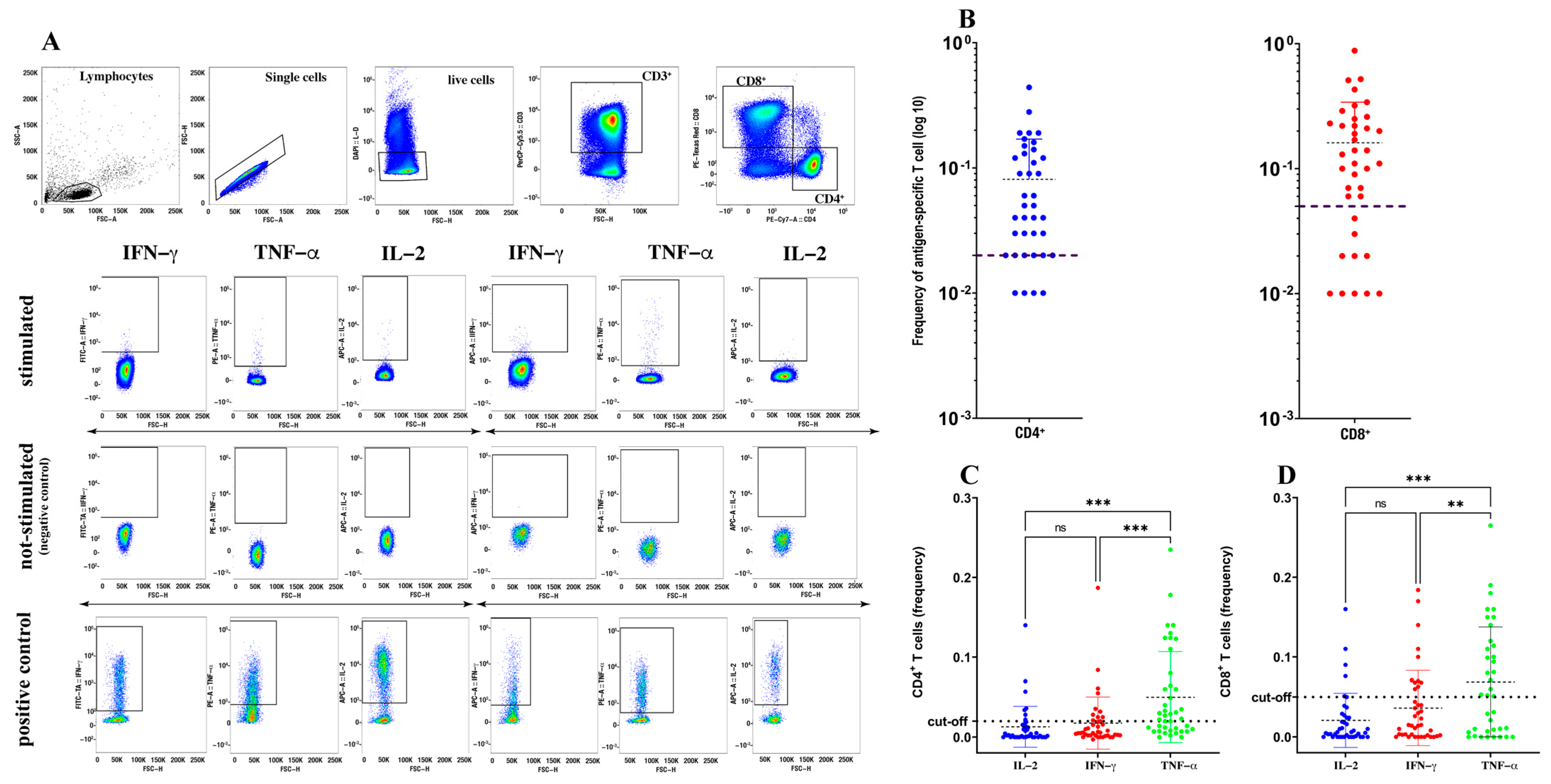
Biomedicines, Free Full-Text
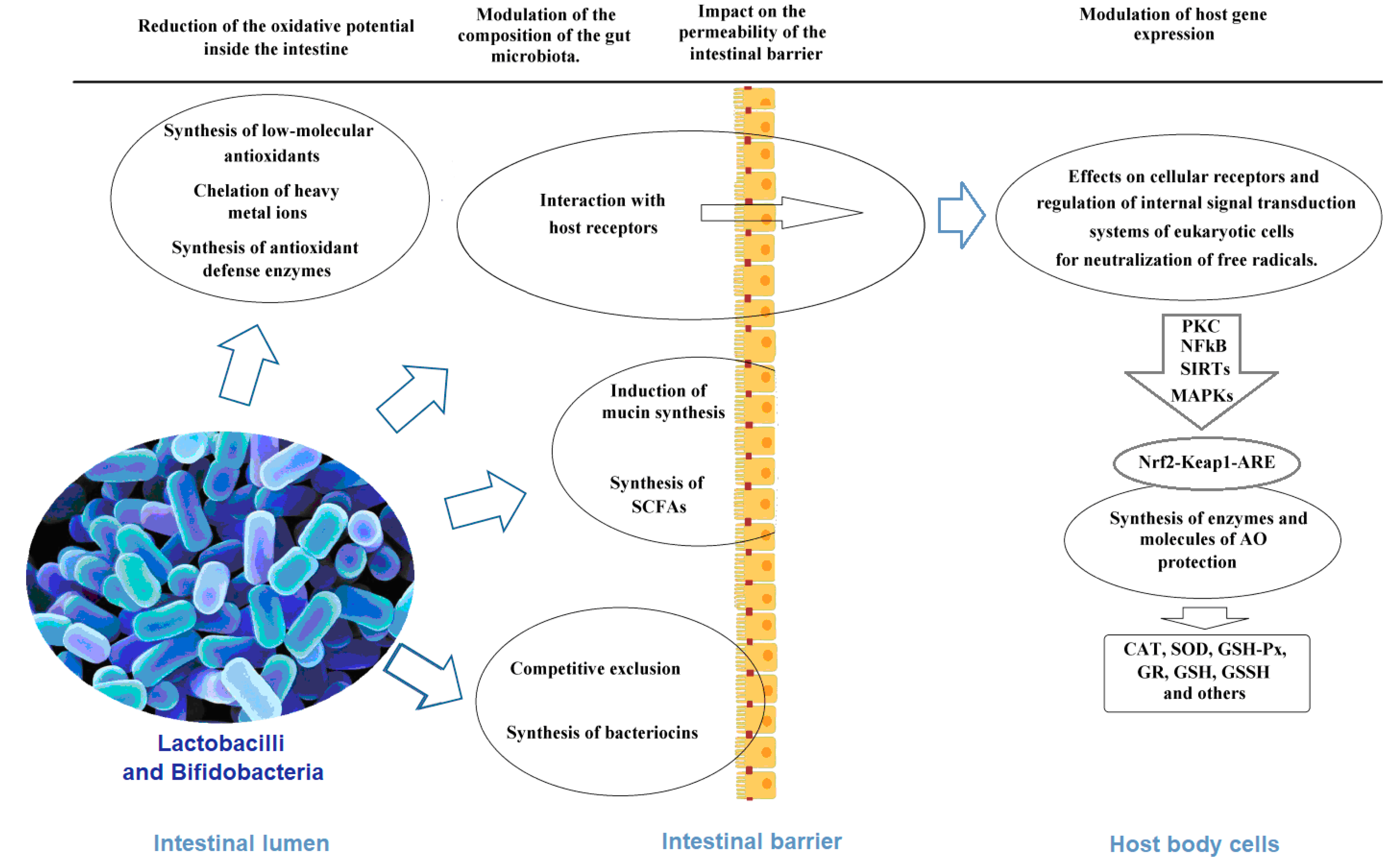
Biomedicines, Free Full-Text, retina

Biomolecules and Biomedicine
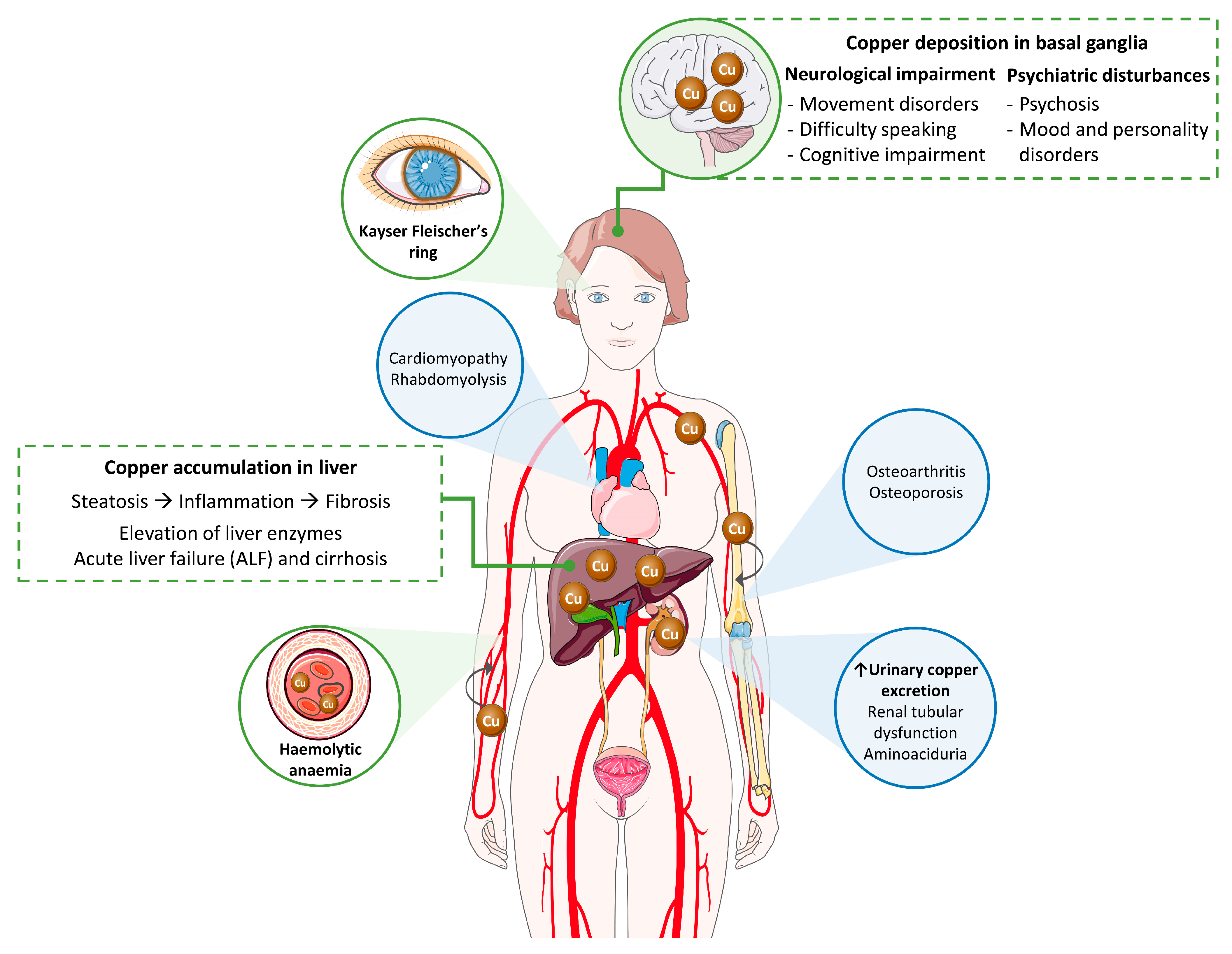
Biomedicines, Free Full-Text, kelly godoy coelho - marazulseguros

Generate:Biomedicines Announces Publication of its Chroma Model in Nature: A Transformative Generative AI for Protein Therapeutics
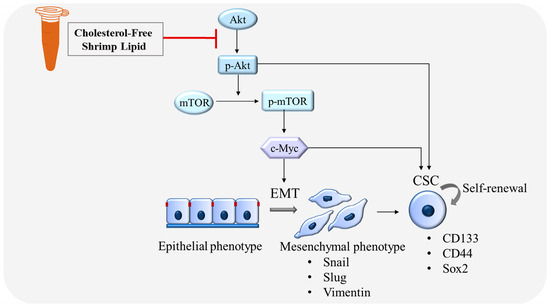
Biomedicines An Open Access Journal from MDPI
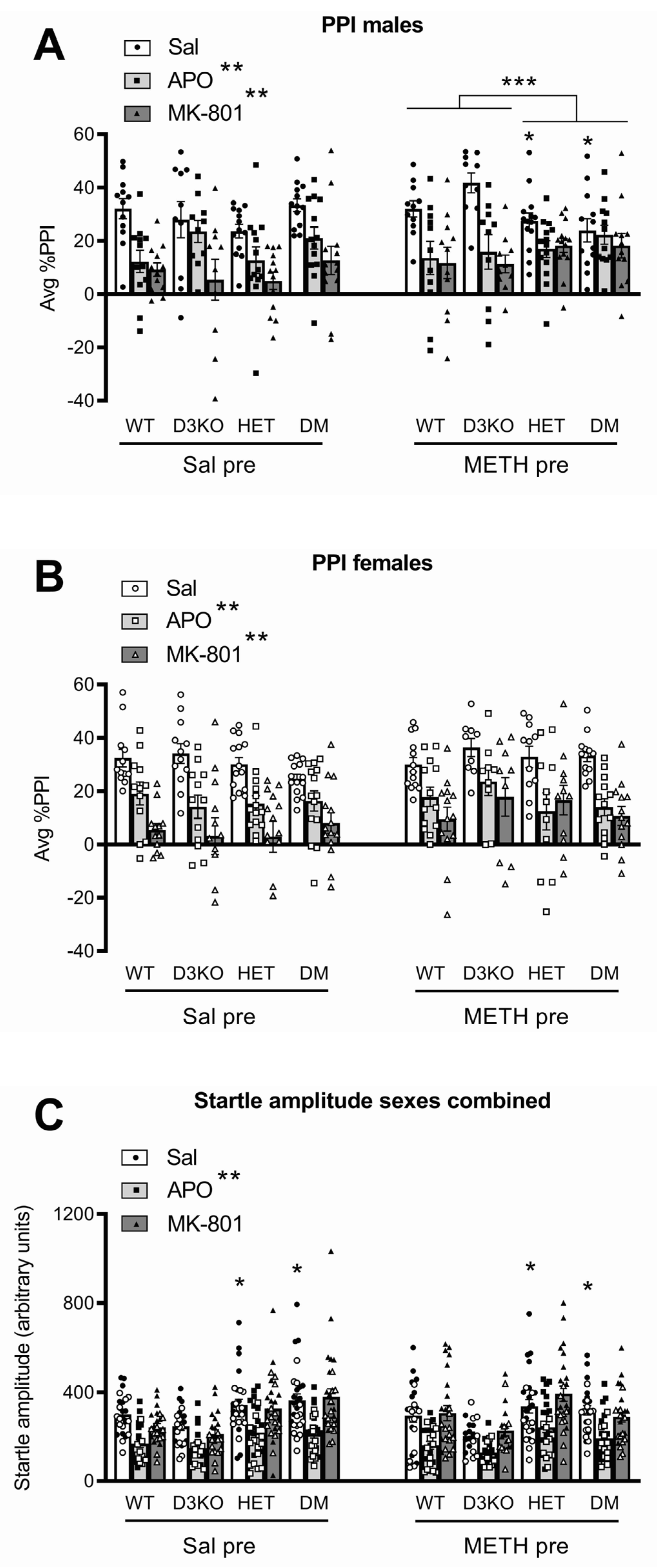
Biomedicines, Free Full-Text, artemisia annua
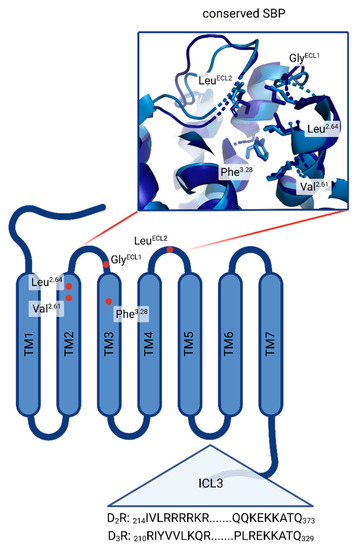
Biomedicines, Free Full-Text, retina